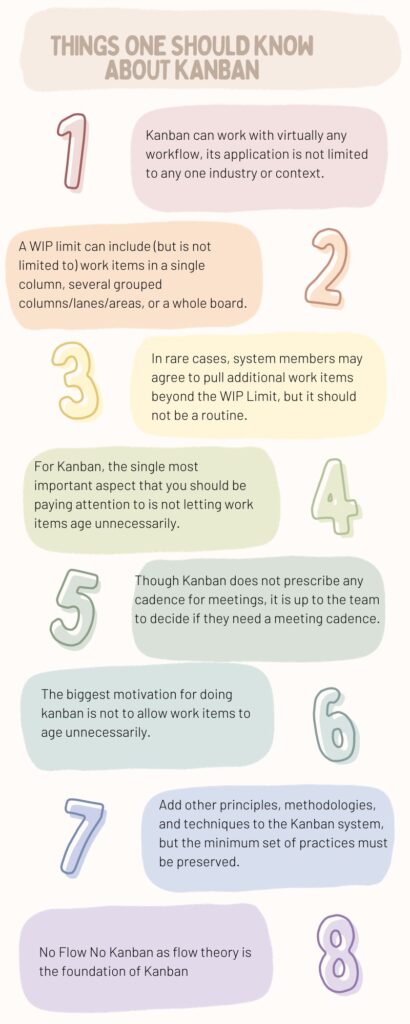At a time in my career, I wanted to work as a Scrum Master, however, the biggest question for me was “ Where do I start to become a scrum master?”. You may have a similar question and now when I reflect on this question, I feel it is normal to question yourself about how to prepare for a Scrum Master interview, and how to equip yourself with the knowledge to serve a scrum team. Based on my experience in transitioning to a Scrum Master role, here are seven pieces of guidance that you can follow –
Guidance 1 – How do I prepare for being a Scrum Master ?
Start with Why – Sounds familiar, the famous book from Simon Sinek. This is the most critical question to ask yourself, Why do I want to become a Scrum Master? Ask this question to yourself and convince yourself that you are clear on your path to being a Scrum Master. If you have the conviction of becoming a Scrum Master, you are unstoppable.
Guidance 2 – How do I prepare for being a Scrum Master ?
Path to becoming a Scrum Master – Assuming you have zero knowledge of Scrum, creating a plan and following it will help you reach your goal of becoming a Scrum Master. This will lead to the 1st question that we discussed, Where do I start to become a scrum master?”. A few things that I followed to become a Scrum Master are as follows –
a) What is Agile?
b) What is the Agile Manifesto?
c) What are the various frameworks under agile?
d) What is Scrum?
e) Read the Scrum Guide
f) Read the Scrum Guide – Again and Again and Again and +++++++ (Scrum is easy to understand but difficult to master, reading the Scrum Guide once a month and reflecting on your experience and learnings on Scrum will make you understand Scrum better)
Guidance 3 – How do I prepare for being a Scrum Master ?
Scrum Master Certification – Understand various Scrum Master Certifications available, and go through the course outline before taking up a certification. The major advantage of doing a certification is to get the knowledge in a capsule format in a limited time.
Guidance 4 – How do I prepare for being a Scrum Master ?
Daily life of a Scrum Master – Understand what a Scrum Master does daily, day-to-day tasks, and challenges faced. Connect with Scrum Masters and ask them about the challenges they faced in their organization/teams. Also, learn about their context, the processes followed, things working well, and things not working well.
Guidance 5 –How do I prepare for being a Scrum Master ?
Prepare for the Scrum Master interview – Here is a list of questions which you can go through for a Scrum Master interview.
Check this – https://www.lighttangent.com/how-to-prepare-for-a-scrum-master-interview/
Guidance 6 – How do I prepare for being a Scrum Master ?
Learn the tools used by Scrum Master – JIRA/Asana/Azure, these are some of the tools used by Scrum Masters with JIRA being the most commonly used. Tool knowledge will increase your confidence during the interview process. ( I asked a few Scrum Masters to give me a walkthrough of JIRA and that helped before I took up a Scrum Master job)
Guidance 7 – How do I prepare for being a Scrum Master ?
Apply Apply Apply – Now you are ready to take up a Scrum Master role, you know a Scrum Master, and you are aware of the challenges faced by a Scrum Master, it is time to apply for a Scrum Master role either in your organization/outside of your organization. Speak to your friends/colleagues/network and inform them that you are looking for a Scrum Master opportunity. My strong recommendation is to apply for internal job postings in your organization as many organizations promote career aspirations and do not necessarily look for prior experience as a Scrum Master. Keep trying and keep applying till you land up with a Scrum Master job.


